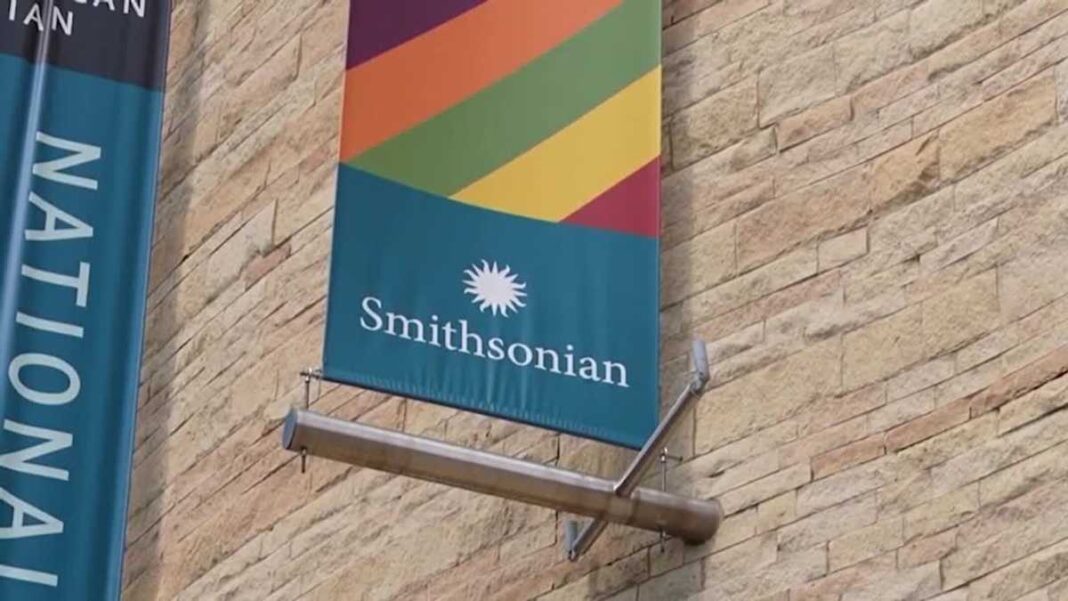CityLine: American Cultural Institutions Under Scrutiny
Funding Cuts Impacting African-American Organizations
In recent weeks, a significant spotlight has been cast on Black cultural institutions across the United States. This scrutiny has been ignited by President Trump’s administration, particularly targeting notable entities like the Smithsonian. The White House has characterized various exhibits as promoting “race-centered ideologies” and “divisive narratives.” Such allegations have led to the cancellation of crucial federal grants, leaving many organizations in precarious positions, struggling to maintain their services and cultural outreach.
The Presidential Directive: A Cultural Overhaul?
The administration’s critique isn’t just verbal; it appears to be backed by directives. President Trump has reportedly tasked his attorneys to review Smithsonian exhibits, declaring that the institution has gone “out of control.” He has voiced concerns about depictions that he feels focus excessively on America’s historical injustices, particularly slavery, and experience of oppression. His assertion is that American museums should showcase a “fair” account of history rather than one leaning towards a narrative he deems “woke” or “racist.”
This intervention comes on the heels of an executive order issued earlier this year that urged museums to celebrate “American exceptionalism” by removing what the administration considers divisive or partisan narratives. The fallout from this effort has potential ramifications not just for museums but also for how American history will be taught, with threats to withdraw funding for educational institutions offering curricula that delve into the impacts of slavery and historical inequities.
Revisiting History: The Significance of the Smithsonian Institution
The Smithsonian Institution serves as a vast repository of American history, showcasing countless stories and narratives that contribute to the nation’s identity. The Museum of African American History and Culture, in particular, is central to understanding the complexity and richness of African American experiences throughout history. The critical voices of notable figures, including Robert Wilkins, a federal judge and author of Long Road to Hard Truth, highlight the arduous journey toward establishing such crucial institutions. Wilkins notes that the quest to create a dedicated museum took nearly a century, beset by societal attitudes that minimized African American contributions and experiences.
The Public Response: An Increasing Demand for Awareness
Ironically, as federal funding becomes endangered, there seems to be a surge in public interest and attendance in museums dedicated to African American history. Dr. Noelle Trent, the President & CEO of the Museum of African American History in Boston and Nantucket, reports an increase in visitation, indicating a curious public eager to engage with this pivotal aspect of history. Many people, she explains, are not only curious about the history but are also become increasingly aware of the significance of these institutions in preserving and showcasing narratives that have been historically marginalized.
Despite funding cuts, recent legal challenges have temporarily reinstated some financial support for these cultural institutions, giving them a lifeline in turbulent times. However, many museums are still uncertain about their financial futures as they navigate a complex web of legal and political challenges.
Navigating Censorship: The Fight for Representation
The growing challenge of censorship in cultural institutions raises critical questions about freedom of expression and the representation of diverse narratives. The American Alliance of Museums has stated categorically that, historically, no president could dictate the exhibitions displayed at cultural institutions. This assertion highlights a fundamental tension between political discourse and the independent mission of museums to educate the public.
For organizations like the Museum of African American History, collaborations within the community and advocacy for the importance of preserving African American culture are vital. Dr. Trent emphasizes the historical context that leads to the need for such museums, woven into the fabric of the civil rights movement and grassroots initiatives aimed at preserving the stories of historically Black communities.
Conclusion: The Road Ahead
As the discourse unfolds around the value and necessity of African American cultural institutions, the landscape is inevitably changing. The efforts to redefine or censor historical narratives may paradoxically lead to a more engaged public, interested in the real stories that shape the nation. The intersection of politics and culture continues to play a pivotal role in how history is perceived, taught, and celebrated across America. The commitment to telling a truthful narrative remains a cornerstone of these institutions’ missions, echoing the sentiments of those like James Baldwin, who understood that “my history contains the truth about America.”



